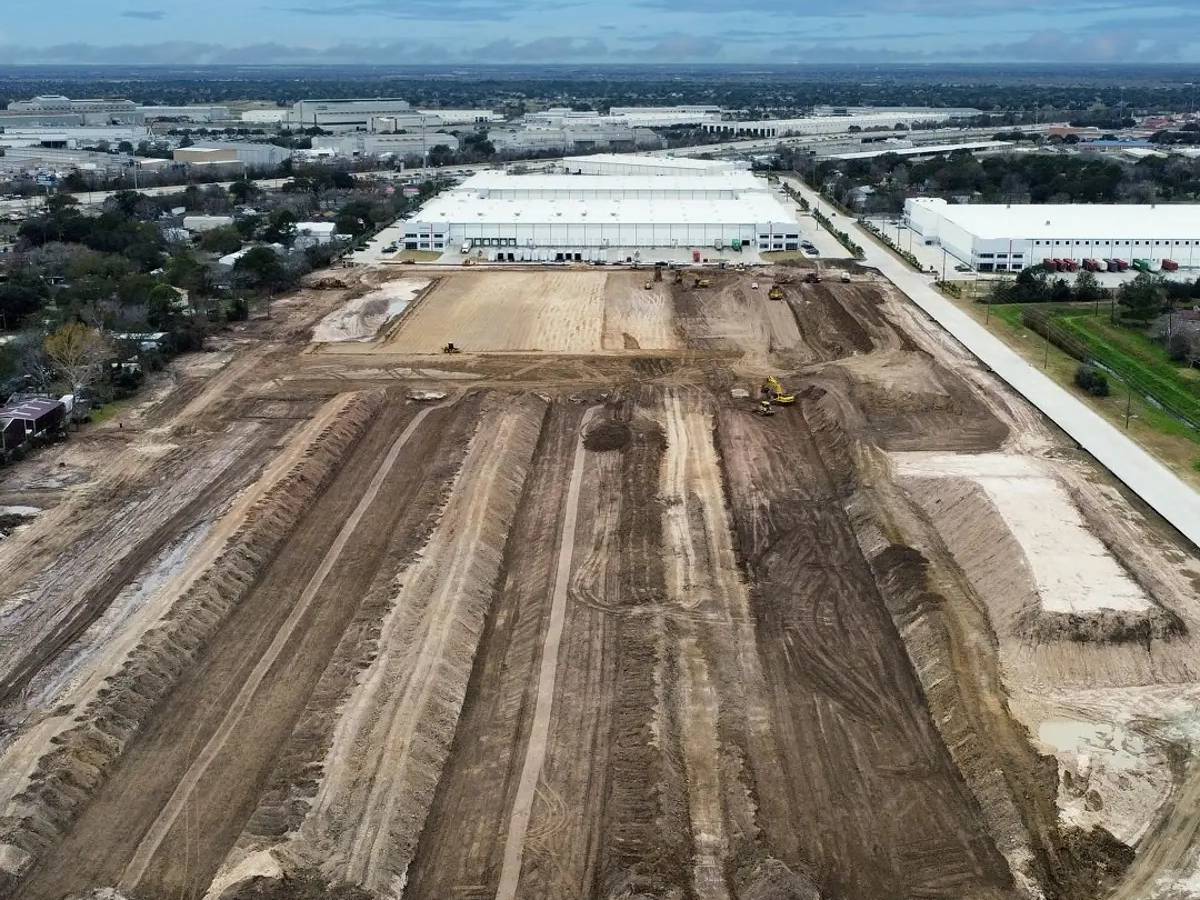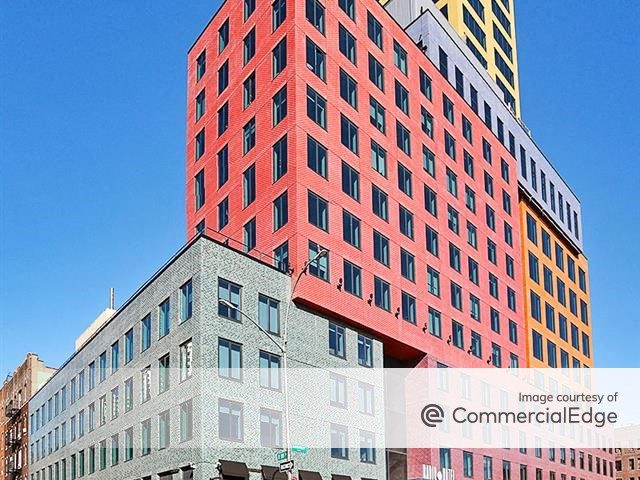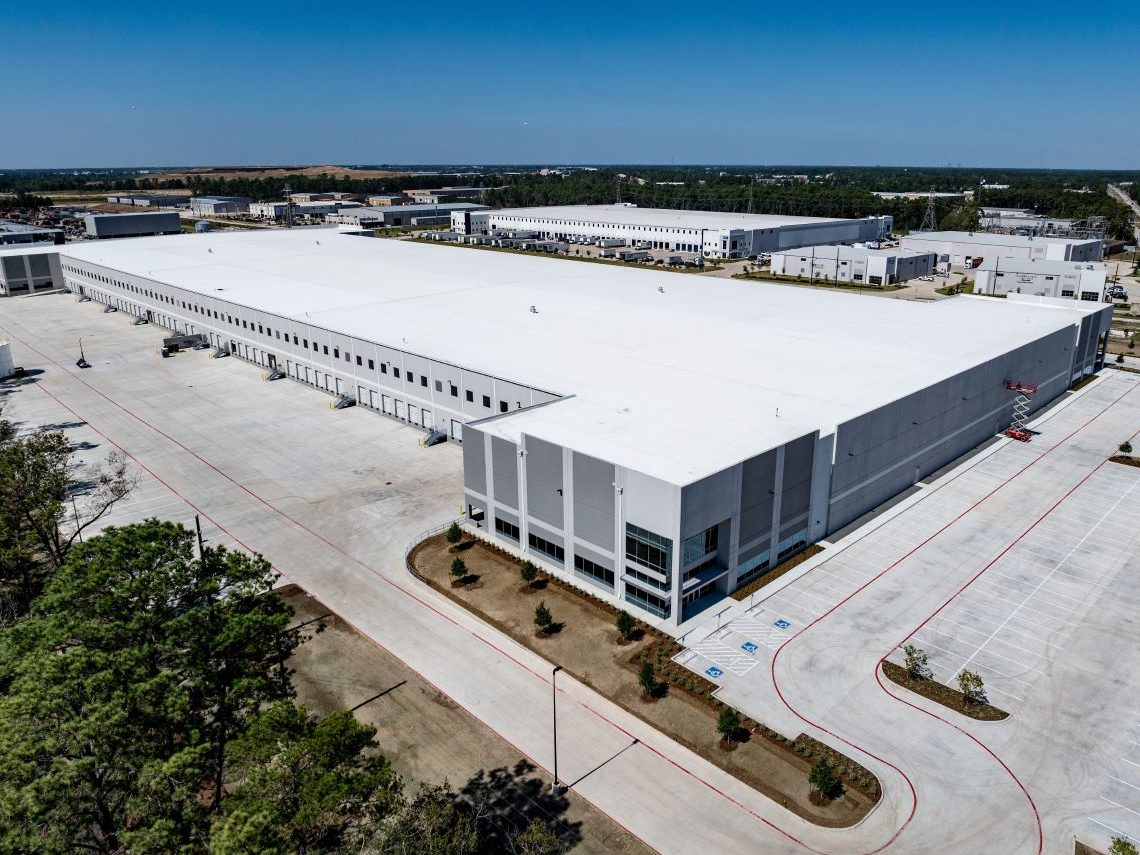Financial Engineering
By Joshua Pardue, Associate Director, Stan Johnson Co.: Historically, risk-tolerant investors seeking double-digit returns have dominated commercial real estate investment. However, in today‘s uncertain economy, traditional investors have lowered their risk tolerance, creating higher demand for net-leased investment properties.
A Solution to the Lack of Product in Today’s Net Lease Market
By Joshua Pardue, Associate Director, Stan Johnson Co.
 Historically, risk-tolerant investors seeking double-digit returns have dominated commercial real estate investment. However, in today‘s uncertain economy, traditional investors have lowered their risk tolerance, creating higher demand for net-leased investment properties.
Historically, risk-tolerant investors seeking double-digit returns have dominated commercial real estate investment. However, in today‘s uncertain economy, traditional investors have lowered their risk tolerance, creating higher demand for net-leased investment properties.
In today’s net-lease market—the market for built-to-suit developments net-leased to a single credit tenant for a term of ten to twenty-five years—there is a shortage of suitable investment properties for sale. Low supply and high demand combined to drive prices higher and compress capitalization rates. One solution to the shortage is to implement a brokerage strategy that a client described as financial engineering: restructuring leases on existing single-tenant properties.
Single-tenant net-leased property owners should review their portfolios and consider properties that have short or mid-term leases to credit tenants—that is, tenants with solid financial performance who likely to stay in the property, maintain it well and pay the rent. The owner can approach the tenants and offer to restructure current leases to create an acceptable product for today’s net lease investor.
Typically, leases will require some amendments regarding who is responsible for expenses and capital items, such as roof and structure, as well as extending the term to ten, twelve or fifteen years. Such changes allow net-lease buyers to find attractively priced debt, which in turn allows buyers to pay more for properties and still achieve target returns. Buyers have seen many different lease concessions to offer tenants in exchange for reconstructing the lease to create a win-win-win situation: a win for buyer, seller and tenant alike. Current owners capture value marketing the asset; new investors reach their acquisition goals; and the tenants lock into more secure leases, possibly on more favorable terms.
Often in financial analysis, rental concessions to the tenant in exchange for a longer term, triple-net lease decrease the capitalization rate significantly and the net effect of the trade-off increases the asset’s value. For example, a recently closed transaction: Sale of a single-tenant education facility leased to an established school operator required extensive lease renegotiation with the tenant. The result was increased property value by twenty-five to thirty-five percent.
During lease renegotiation, buyers market the asset and secure institutional investors focused on single-tenant real estate, leased to financially viable tenants, but not necessarily investment-grade. The investors may require certain expenses to be shifted to the tenant, and a longer-term commitment in exchange for paying a market premium for an asset through efficient capitalization.
Current product demand and a low interest rate environment have driven cap rates to almost historic lows. The market climate has seldom been better for sellers. It’s time for single-tenant, net-leased property owners to review their portfolios and, when reviewing their portfolios, contact a net-lease investment broker with the experience and marketing platform to identify potential candidates and ensure the best possible prices for their assets.







You must be logged in to post a comment.